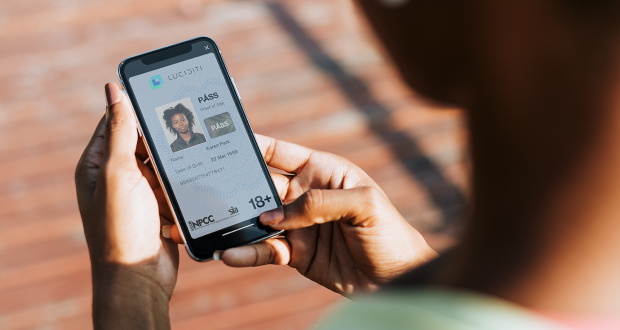Apart from passports and driving licences, there are several accredited card schemes available to provide proof of age, such as CitizenCard and the Young Scot card, which young people can produce when buying age-restricted products such as alcohol, tobacco, vapes and lottery tickets.
These cards are certified with a hologram from umbrella body the Proof of Age Standards Scheme (PASS).
But research released last week by personal finance comparison website finder.com found an estimated 25 million Brits (45%) now leave the house with only their phone as a payment method.
A quarter of these only leave the house without another way of paying occasionally, such as when they’re popping to the local shop.
But one in five admit to leaving their wallet behind frequently or all the time.
There is a clear generational divide, with almost three-quarters of generation Z and two-thirds of millennials opting for phone-only payments when leaving the house.
Only one in four baby boomers said they would be comfortable going out with only their phone as a payment method.
Londoners were the most likely to leave their house with just their phone, with 55% admitting to doing this.
James Lowman, chief executive at the Association of Convenience Stores, told TalkingRetail.com there was now a need to develop a standardised digital proof-of-age scheme.
“That’s how customers behave now. They are increasingly going out with just their phone and that’s how they run their lives, so it makes complete sense as a way to prove their age as well.”
But the plan faces a major legal hurdle because the law does not currently allow digital proof-of-age to be used when purchasing alcohol.
Lowman said this was now out for consultation and the industry is waiting for a decision.
Any scheme would need to have high levels of security, so underage people couldn’t simply Photoshop their portrait onto someone else’s digital ID, he added.
And there would also have to be a standard way for retailers and their staff to verify the digital ID, as it would not be practical for shop workers to be trained in how to accept lots of different systems.
The need for a digital system was driven by lifestyle changes among consumers rather than the proposed generational tobacco ban, which will see the legal age for buying tobacco increase by one year, every year.
Lowman said it would be possible, although difficult, for retailers to police this using techniques similar to the current Challenge 25 set-up.
“At some point we’ve going to have to say it’s Challenge 30 for tobacco, and at some time later, Challenge 40. It’s a shame because Challenge 25 works really well, but it’s not impossible to introduce a new policy alongside that.”
He admitted that a digital proof-of-age scheme might initially prompt some “knee-jerk” concerns about privacy but believes this will fade with better understanding.
“There would be no retention of any data, and no data revealed.”
UK’s first digital proof of age card set to be trailed at c-stores
 Talking Retail Grocery and product news for independent retailers
Talking Retail Grocery and product news for independent retailers







Have your say
or a new account to join the discussion.